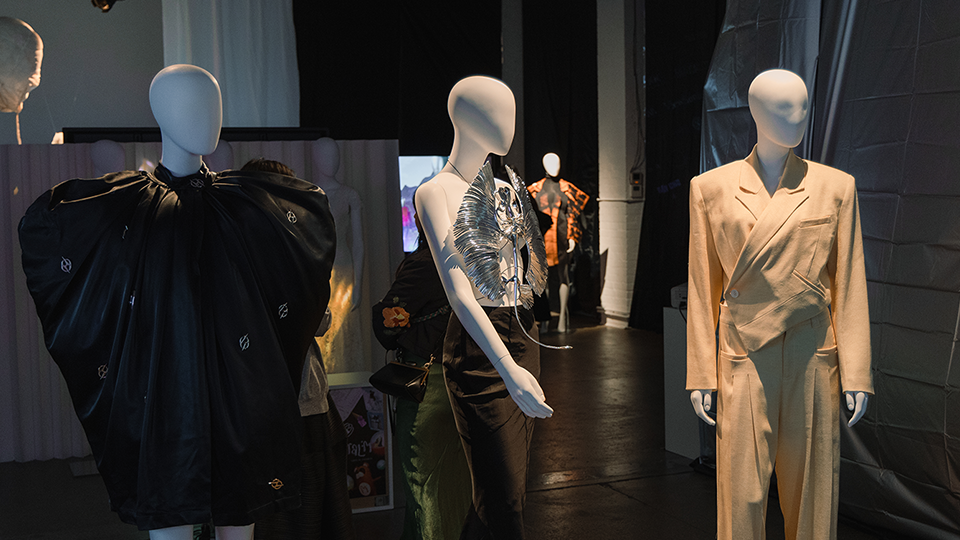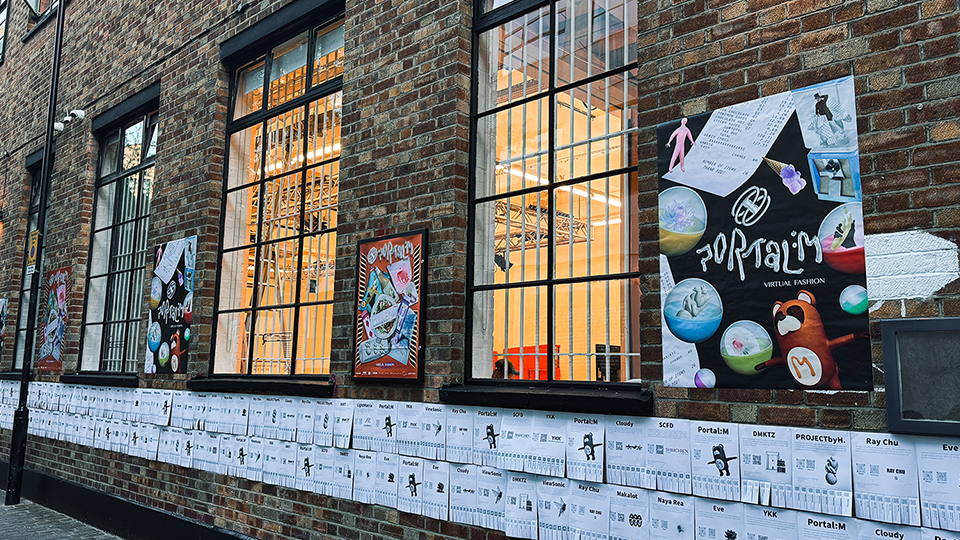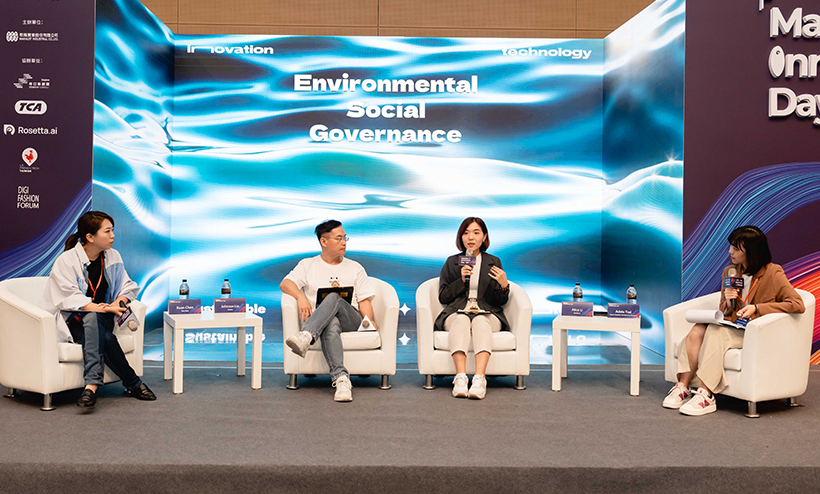Global Fashion Industry Embraces Sustainability: Taiwan’s Leading Apparel Manufacturer Makalot Pioneers Digital Innovation
As major fast fashion brands around the world work to align with global carbon reduction goals and meet the values of younger generations, sustainability has become a core business imperative. According to the 2023 Millennial Trend Survey, over 50% of Millennials and Gen Z express serious concern about climate change and are more likely to support brands with clear sustainability missions—directly influencing their purchasing decisions.
Fashion ranks as the third largest industry in global manufacturing, accounting for approximately 10% of total carbon emissions. Amid growing environmental challenges, the sector is actively exploring innovative solutions. Taiwan’s leading apparel manufacturer, Makalot Industrial, is investing in eco-friendly materials, waste reduction, and digital fashion as a strategy to reduce resource consumption across the supply chain. By bridging digitalization with design, Makalot is redefining the value of brand innovation in the traditional fashion industry.

London Fashion Week Exhibition Scene(Provided by Makalot Industrial Co., Ltd.)
3D Fashion Technology: A Game Changer for Resource Efficiency
As one of the world’s top five garment manufacturers, Makalot serves clients across Europe, North America, Japan, and Taiwan. Facing increasing ESG demands, the company is focused on transforming linear production into a circular economy.
“One of our core missions is to reduce waste and repurpose it into new products,” says Vanessa Chou, Strategic Director of Makalot’s Digital Innovation Center. “It takes time, experimentation, and long-term commitment to move away from the 'cradle-to-grave' model.”
Makalot has explored multiple recycling methods, such as collecting leftover fabrics, converting them into pellets, spinning them into new yarns, and designing products with recyclability in mind—maximizing resource efficiency at every stage of a garment’s lifecycle.
The environmental mission also drives Makalot’s commitment to digital fashion. Traditionally, the journey from concept to production requires 3–5 rounds of physical prototyping, resulting in time loss and fabric waste. “There were cases where over 3,000 samples were made—more than the final order volume,” Chou explains. By introducing advanced 3D modeling technology, brands can now visualize and approve designs in a virtual environment, dramatically reducing the need for physical samples, cutting transportation and development time, and accelerating the entire product cycle—offering a true ESG solution.
In today’s fast-paced market, it typically takes 9 to 12 months for a new design to hit the shelves. Makalot’s digital modeling not only enables brands to interact with consumers before production, but also helps identify demand patterns early through user engagement. This leads to on-demand production and reduced inventory waste. By collaborating with startups to integrate digital solutions, Makalot empowers both brands and retailers to move toward their sustainability goals more effectively.
Bringing Designers’ Visions to Life Through Digital Storytelling
Digital fashion isn’t just about virtual garments—it’s about storytelling.
“We want to help designers and brands use digital content to convey their concepts and narratives,” says Chou.
At this year’s London Fashion Week, Makalot supported a group of innovative startups and four fashion designers in presenting the infinite possibilities of digital fashion. Using projection, interactive gaming, and immersive media, each design concept was faithfully brought to life.
One standout showcase was by Taiwanese designer Ray Chu, whose label RayChu Studio featured futuristic marine-inspired characters—stingrays leaping from the deep sea and blue-skinned figures with crinum asiaticum flowers blooming from their eyes. Through 3D fashion and immersive visuals, his surreal world was vividly rendered in ways traditional fashion shows could never achieve.
“These are visuals that are simply impossible with physical models,” explains Chou. “Digital content allows the designer’s imagination—especially their vision of the future—to be fully expressed.”
Another collaboration featured a London-based niche brand focused on a zero waste concept: a garment made entirely from a single piece of fabric with no cutting or waste. Instead of describing the concept with words, Makalot and its partners created a virtual demonstration of the full design and production process, offering a more intuitive and engaging way for audiences to understand sustainability.
These digital assets can also be reused for social media campaigns and global communication—making digital fashion not only a powerful tool for storytelling but also an effective ESG and marketing strategy.
To deepen audience engagement, the teams even developed a mini interactive game, transforming the traditional passive experience into an immersive, participatory one.

Exclusive 3D Modeling Technology Showcasing Sustainable Fashion from Different Angles (Provided by Makalot Industrial Co., Ltd.)
ESG Meets Cultural Power: New Collaborations Through the Taiwan Creative Content Agency (TAICCA)
While looking for partners to scale their digital fashion ambitions, Chou discovered that many startup accelerators weren’t the right fit—until Makalot connected with the Taiwan Creative Content Agency (TAICCA).
“Once we understood TAICCA’s cultural strategy, we knew it was the right place for us,” Chou says. “We’re looking for creative partners—independent designers, boutique studios, even small gaming companies—to co-create digital content.”
Through TAICCA, Makalot collaborated with diverse creators, including Ray Chu, whose ongoing partnership has already led to new ideas and breakthrough work showcased in London.
“Most designers lack resources, and we need their creativity and stories. It’s a perfect match,” she adds. “Working with TAICCA is like opening a treasure chest—they’ve curated amazing partners we can trust and grow with.”

Makalot Industrial Co., Ltd. Sustainability Division & Digital Fashion Team
Fostering Future Fashion Talent and Industry Innovation
Beyond sustainability and culture, Makalot sees another critical ESG focus: talent development.
The company has long partnered with Shih Chien University’s Fashion Design Department and has noted a worrying trend—fewer than 5% of fashion graduates remain in the industry after five years. To bridge the gap between education and employment, Makalot is bringing its digital fashion expertise into the classroom, introducing students to industry-grade 3D design tools and workflows early on.
Unlike 3D animation, digital fashion involves scanning real fabrics and simulating them with physics-based parameters. Designers must also understand garment construction, sewing, and pattern making—skills traditionally acquired through hands-on manufacturing. By integrating this with digital tools, students can now complete full garment designs in just 3 to 5 days, compared to the month it used to take.
Digital fashion also opens doors to other creative industries—such as film, gaming, and immersive media—creating new commercial opportunities and career paths for fashion tech talent.
As the global roadmap for digital fashion unfolds, Chou praises TAICCA’s ESG for Culture initiative for helping combine Taiwan’s soft power with business innovation.
“After years abroad, I’ve seen how Taiwan’s international image has evolved. From being overlooked to becoming known for figures like drag queen Nymphia Wind, our creative energy is finally being seen.”
Makalot aims not only to amplify the voices of designers and brands, but also to work with cultural agencies and creators across disciplines to tell more stories from Taiwan—stories that resonate globally.






